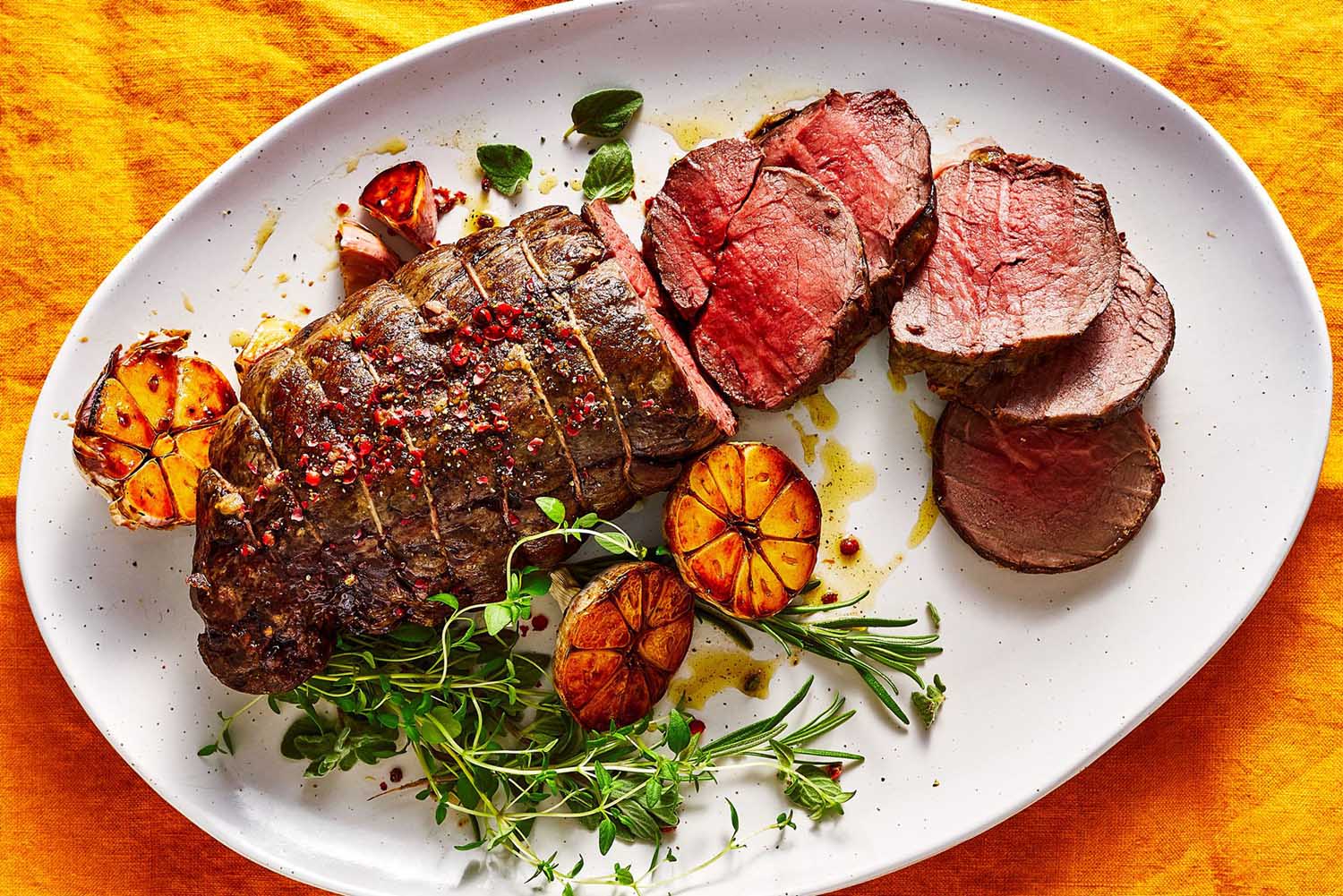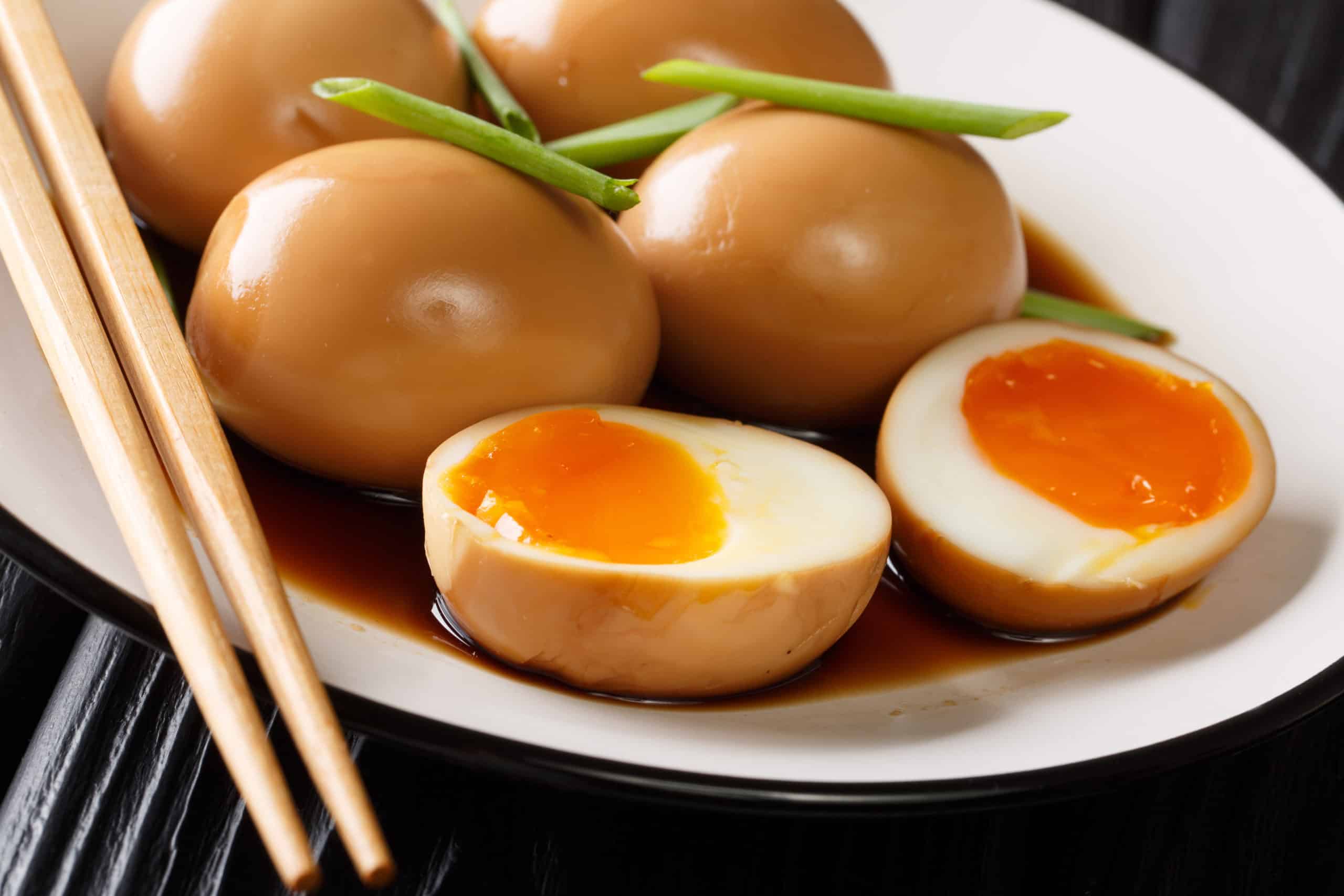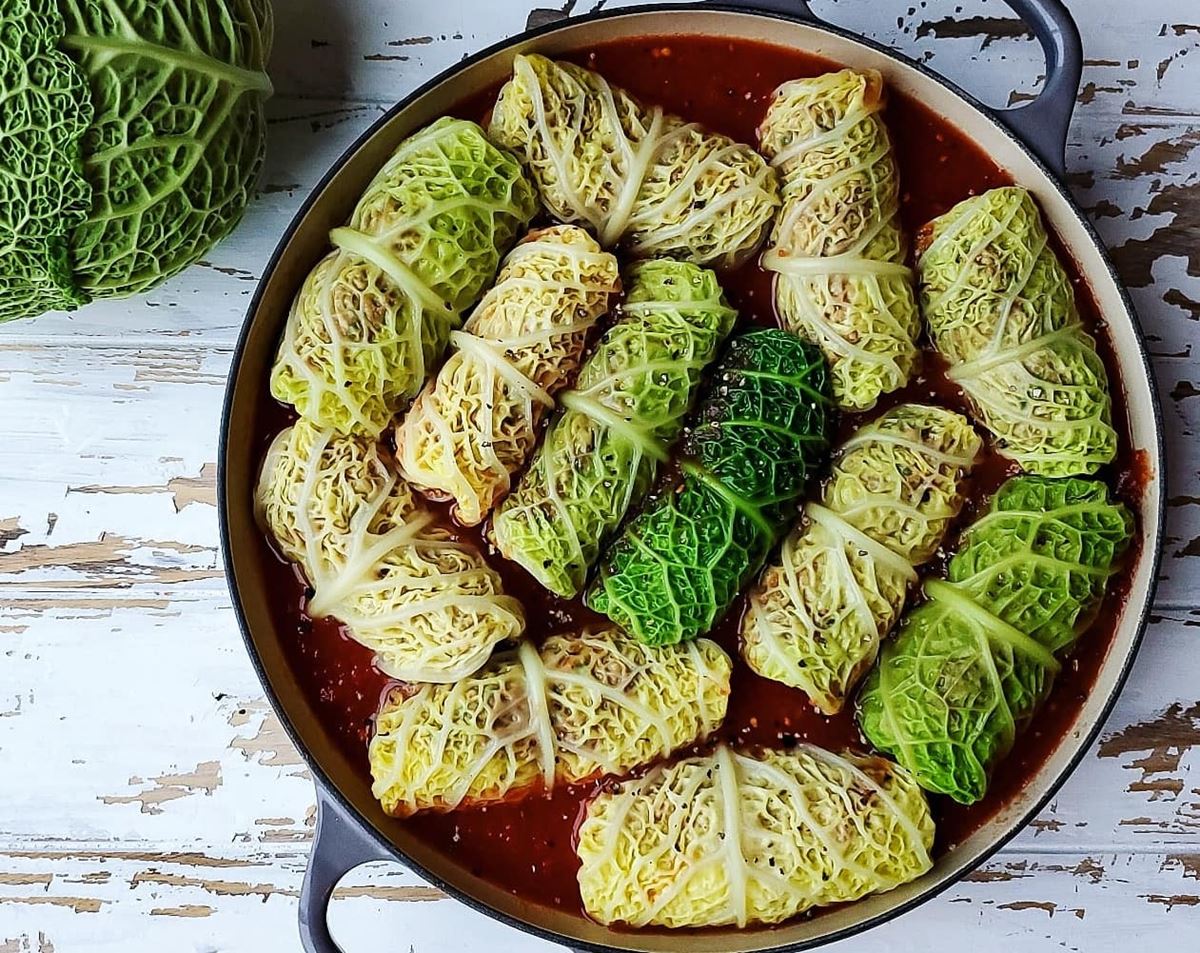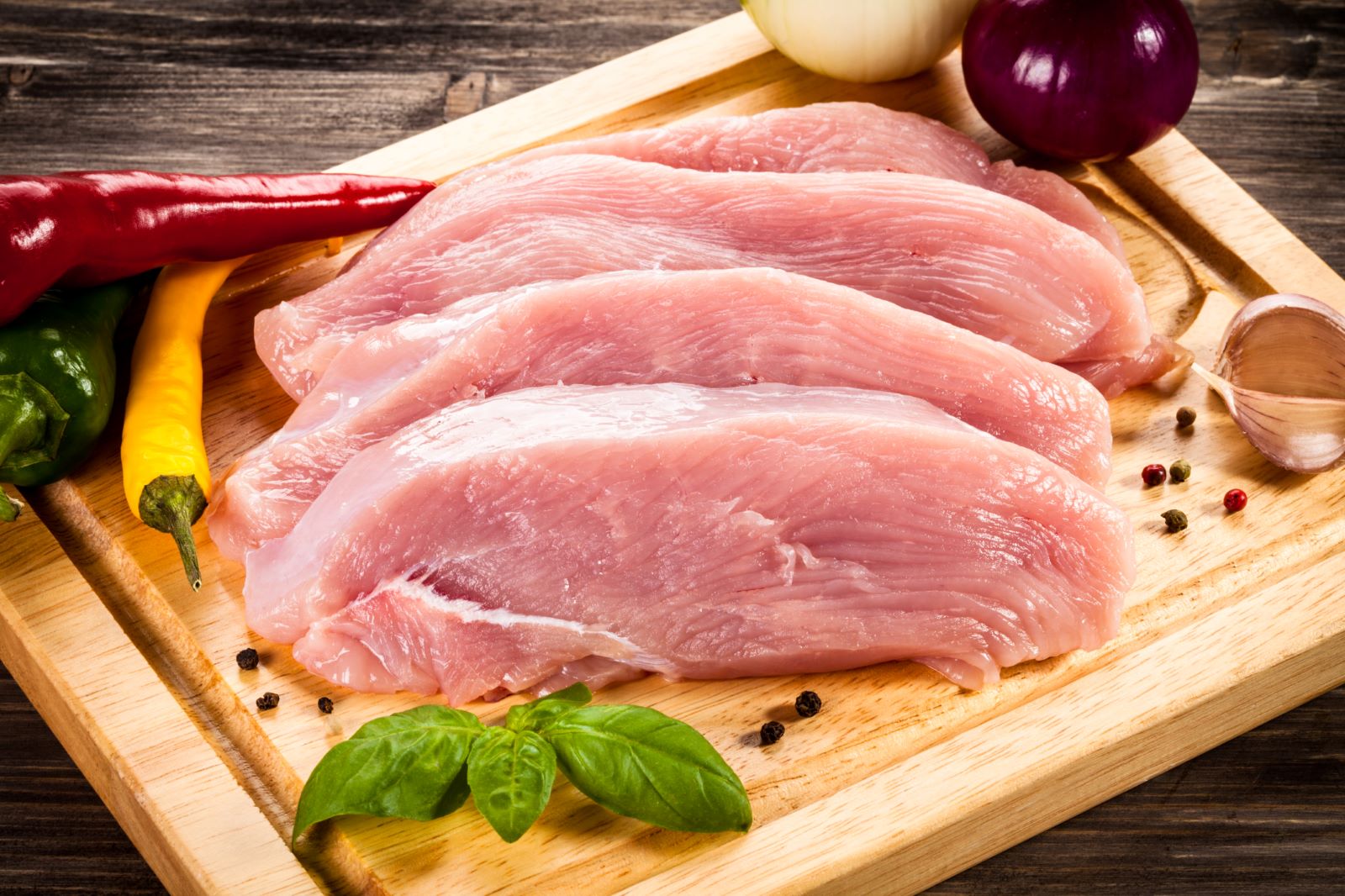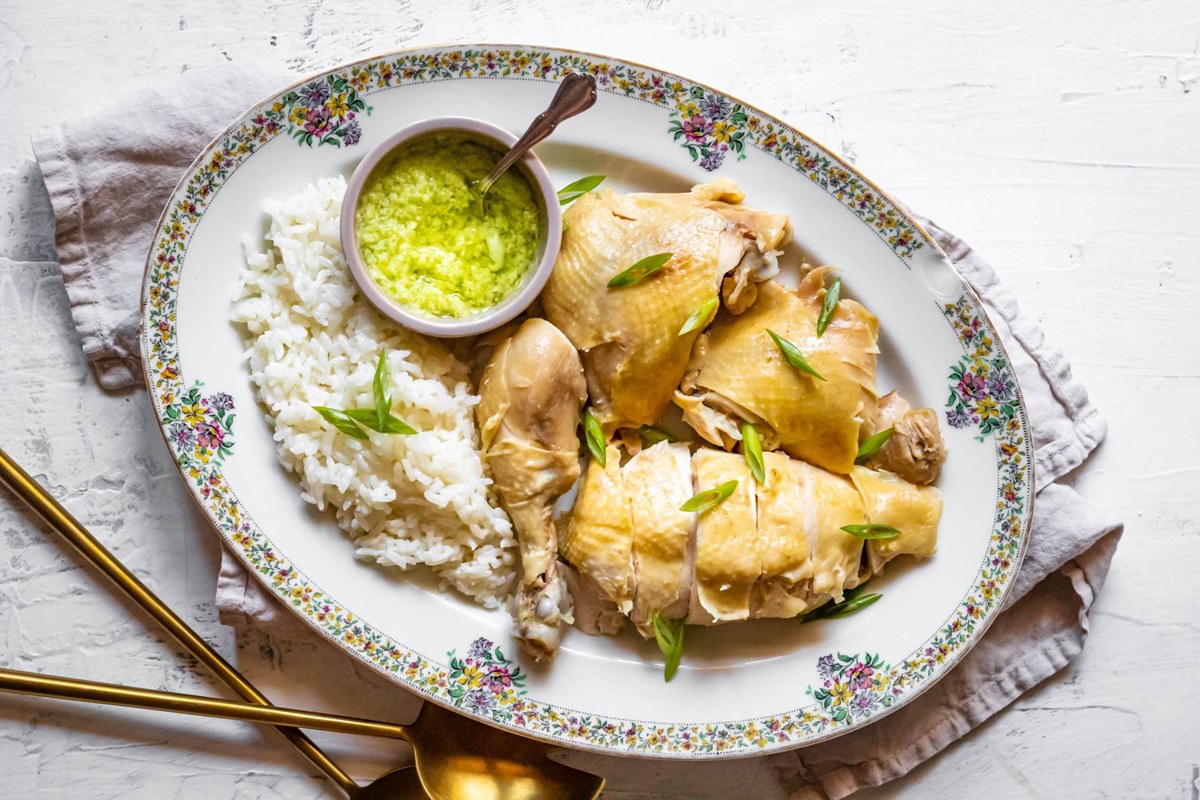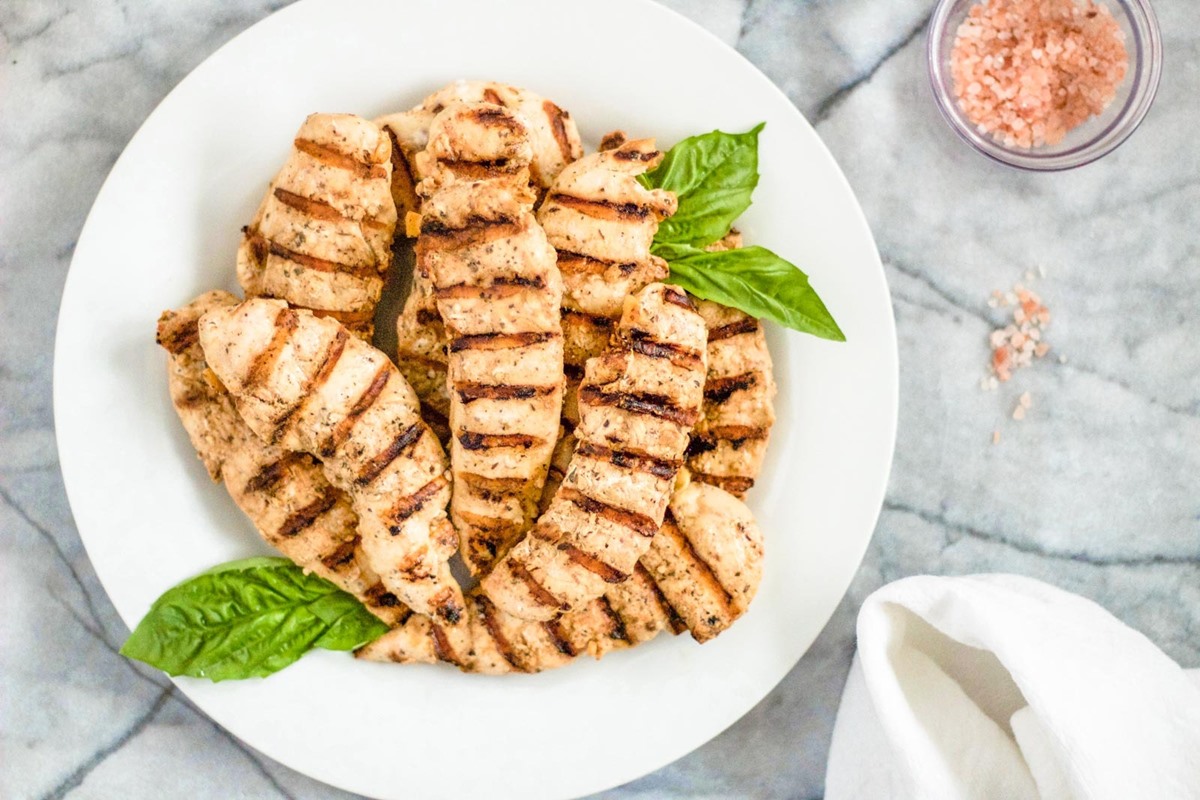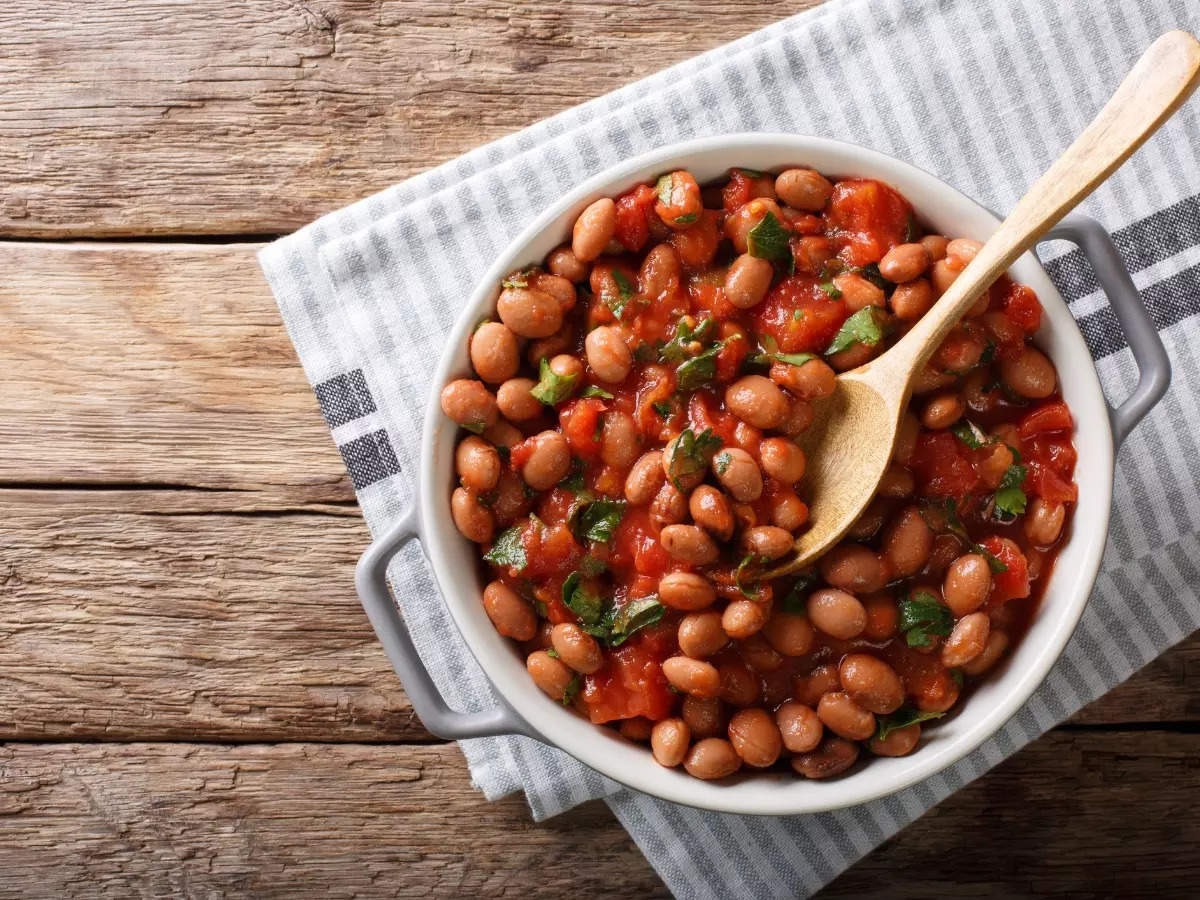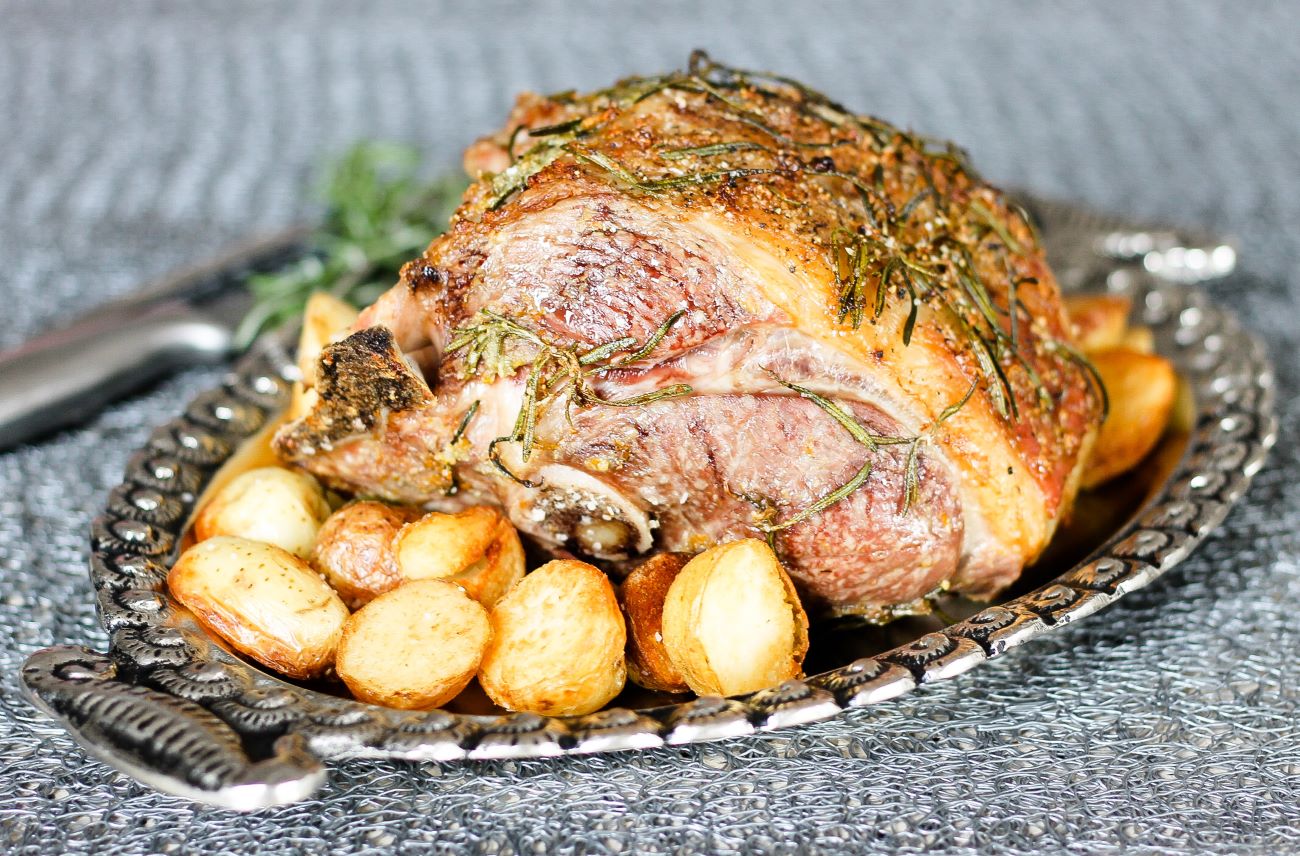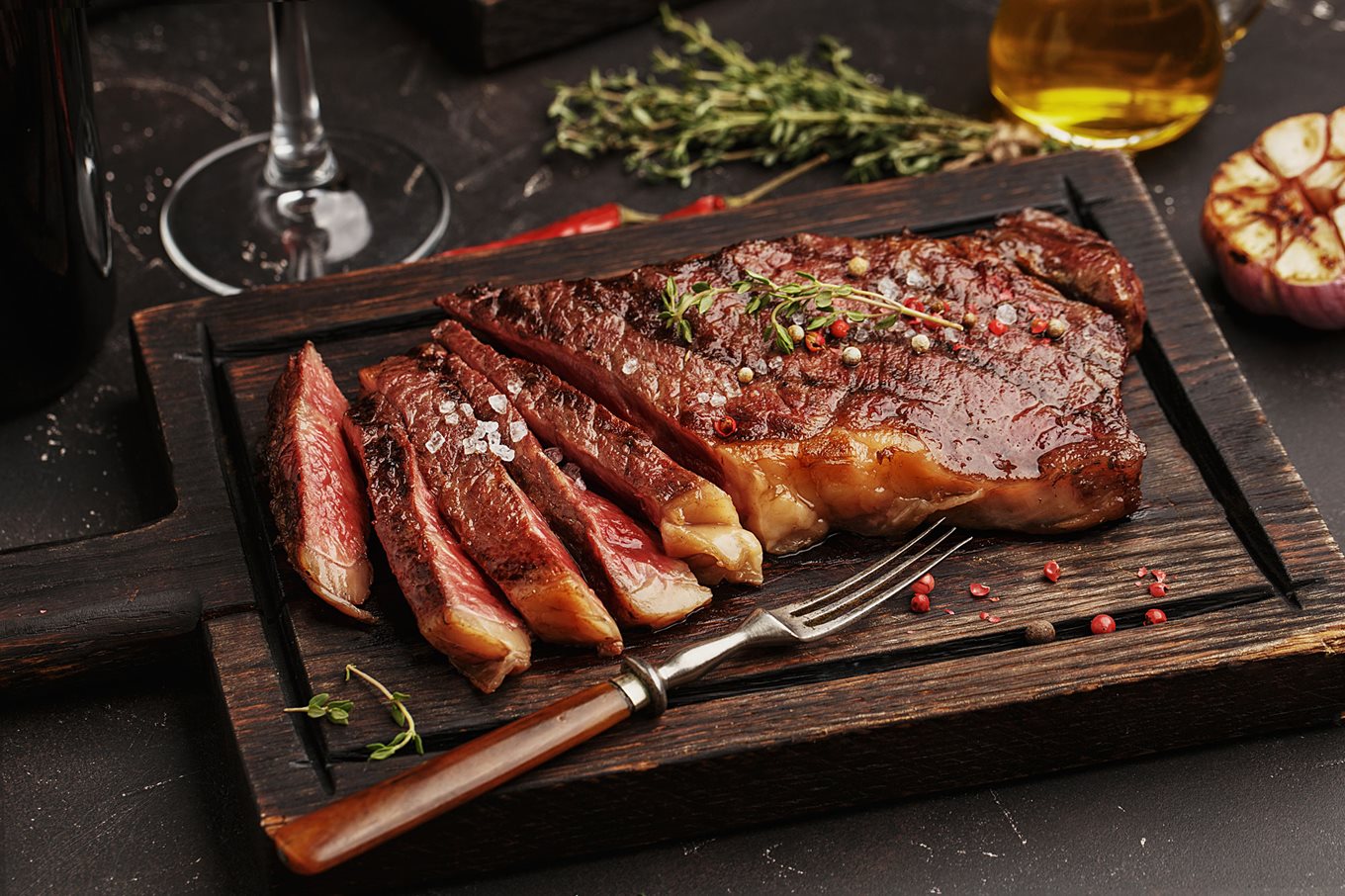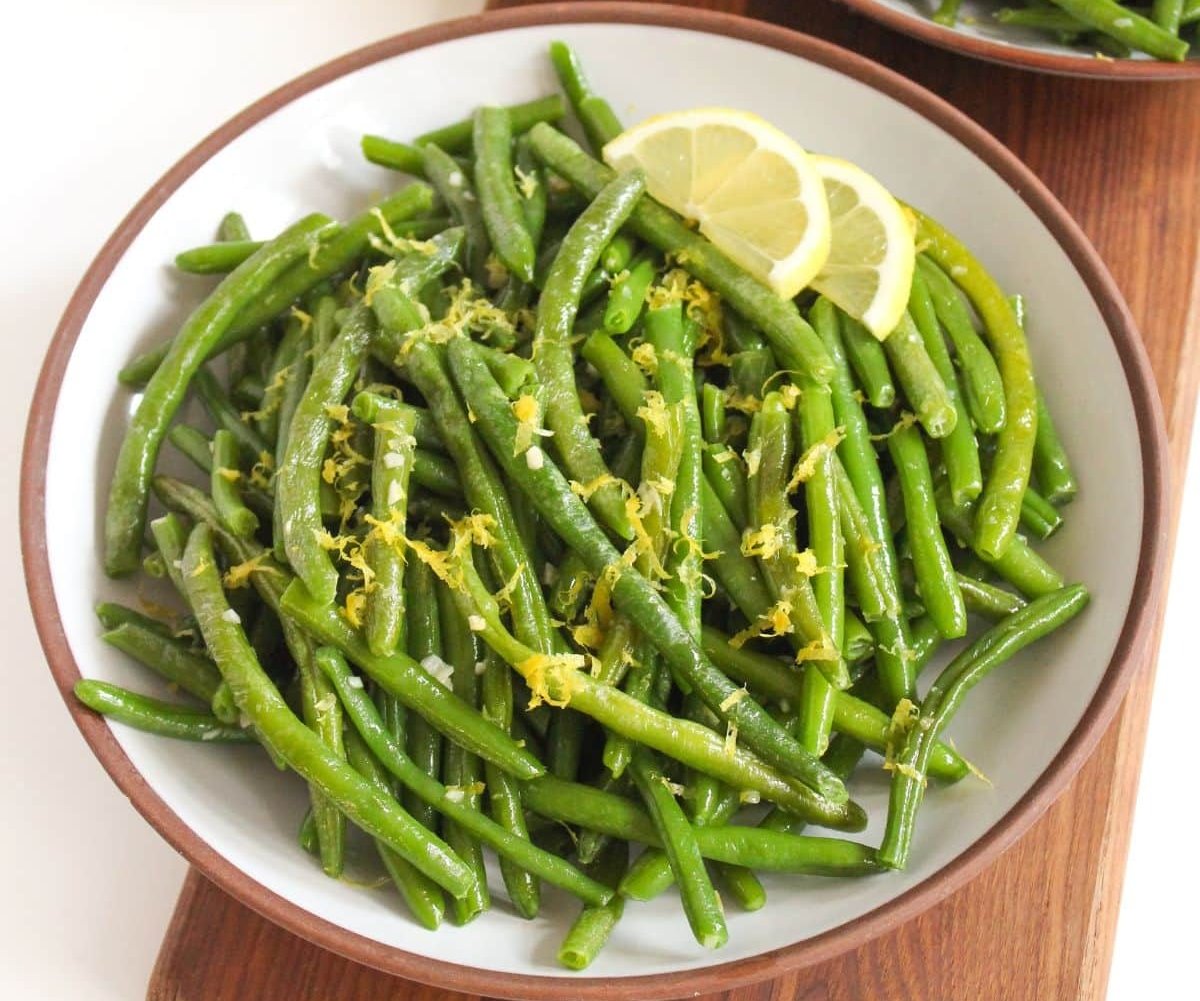Cooking whole squid might seem intimidating at first glance, but with a bit of guidance, anyone can transform this sea creature into a delectable dish. Whether you're aiming for a crispy, golden fry or a tender, grilled masterpiece, the key lies in understanding the basic steps of preparation and cooking techniques. From cleaning and preparing the squid to choosing the right seasonings and cooking methods, this guide will walk you through everything you need to know to cook whole squid perfectly. Get ready to impress your guests and add a new favorite to your culinary repertoire!
Essential Ingredients for Your Squid Dish
- Whole squid, cleaned and prepared
- Olive oil, for cooking
- Garlic cloves, minced
- Lemon, zest and juice
- Parsley, freshly chopped
- Salt, to taste
- Black pepper, freshly ground
- Red chili flakes, optional for heat
- White wine, for deglazing (optional)
Must-Have Tools for Squid Preparation
- Sharp Chef's Knife
- Cutting Board
- Large Pot
- Tongs
- Colander
- Skillet or Grill Pan
- Wooden Spoon
- Measuring Spoons
- Mixing Bowl
Cooking whole squid requires cleaning first. Remove innards, cuttlebone, then rinse. Boil briefly for tenderness or grill for a smoky flavor. Season well to enhance its natural taste.
The Importance of Cooking Squid the Right Way
Cooking a whole squid offers a unique culinary experience, blending both texture and flavor in one dish. This method retains the seafood's natural juices, resulting in a tender, succulent meal. Mastery of this technique impresses guests and elevates home dining to restaurant quality.
Understanding how to properly prepare squid ensures safety and maximizes taste. Cleaning the creature involves removing the innards, quill, and skin, a process that, once learned, becomes straightforward. This foundational skill opens up a world of sophisticated seafood dishes, enhancing any cook's repertoire.
Your Ultimate Guide to Cooking Squid
-
Clean the squid: Begin by rinsing your squid under cold water. Next, locate the head and gently pull it away from the body. This action should also remove the innards. Be careful to keep the ink sac intact if you wish to use it for cooking.
-
Remove the beak: Find the beak, which is located at the base of the tentacles. Squeeze it between your fingers to pop it out, then discard.
-
Separate tentacles from the head: Using a sharp knife, cut just above the eyes to separate the tentacles from the head. Discard the head but keep the tentacles for cooking.
-
Peel the skin: Gently peel away the outer skin from the body. It should come off easily. This step is optional as some prefer to cook the squid with its skin on for added texture.
-
Take out the quill: Reach inside the body tube to find the clear, plastic-like quill. Pull it out and discard.
-
Rinse the body and tentacles: Wash both the body tube and tentacles under cold water to remove any remaining innards or residue.
-
Cut the body into rings: If desired, you can cut the body tube into rings for dishes like calamari. Alternatively, leave it whole for stuffing.
-
Prepare for cooking: Your squid is now ready to be cooked according to your recipe. Whether grilling, frying, or stuffing, ensure it is cooked quickly over high heat to prevent it from becoming rubbery.
Mastering Squid Preparation
Cooking a whole squid might seem like a daunting task at first, but with the right approach, it turns into an exciting culinary adventure. Remember, cleaning is crucial; take your time to do it thoroughly. Choosing the right cooking method can transform this sea creature into a delicious meal. Whether you opt for grilling, frying, or stuffing, squid offers a versatile canvas for your culinary creativity. Don't forget to keep cooking times short to ensure it stays tender. Experiment with flavors, from simple garlic and lemon to exotic spices, to find what tickles your taste buds. With practice, cooking whole squid will become a delightful addition to your cooking repertoire, impressing guests and satisfying your seafood cravings. So, grab that squid, and let's make cooking it less of a mystery and more of an art.
All Your Squid Cooking Questions Answered
How do I clean squid before cooking?
Cleaning squid is simpler than you might think. First, pull out the head and innards. Next, remove the plastic-like backbone and peel off the skin. Don't forget to take out the beak located at the base of the tentacles. Rinse everything under cold water, and voila, your squid is ready for the kitchen.
What's the best way to cook squid so it's tender, not rubbery?
The secret to tender squid lies in the cooking time. Cook it fast over high heat for no more than 2 minutes, or slow and low for at least 30 minutes. Anything in between, and you're in rubbery territory. Quick grilling or slow braising are your best bets.
Can I stuff a whole squid? If so, what are some good fillings?
Absolutely, stuffing a whole squid turns it into a show-stopping dish. Good fillings include a mix of breadcrumbs, garlic, parsley, and chopped tentacles for a classic take. Or, get creative with chorizo, rice, or even a cheese blend for a richer flavor.
Is there a difference between fresh and frozen squid in terms of cooking?
Yes, but it's not a deal-breaker. Fresh squid tends to be a bit more tender and has a subtler flavor. Frozen squid, on the other hand, is more convenient and still delicious. Just make sure to thaw it properly in the fridge before cooking.
What are some common mistakes to avoid when cooking squid?
Overcooking is the biggest no-no, as it turns squid into a chewy mess. Not cleaning it properly is another mistake; nobody likes gritty squid. Also, avoid overcrowding the pan when searing or frying, as it lowers the temperature and causes the squid to release water, steaming instead of browning.
How can I tell when the squid is perfectly cooked?
Look for a color change to opaque white and a slight firmness to the touch. If grilling or searing, golden brown marks are a good indicator. Remember, whether it's a quick sear or a slow braise, less is more with squid to keep it tender.
Was this page helpful?
Read Next: How To Cook The Slime Out Of Okra
